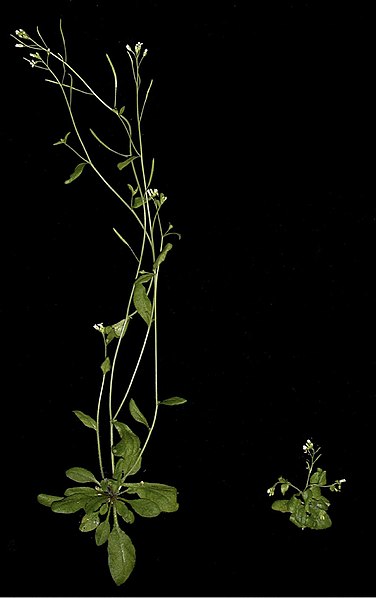Salicylic acid is an organic compound with the formula HOC6H4COOH. A colorless
(or, white), bitter-tasting solid, it is a precursor to and a metabolite of acetylsalicylic acid (aspirin). It is a plant hormone, and has been listed by the EPA Toxic Substances Control Act (TSCA) Chemical Substance Inventory as an experimental teratogen. The name is from Latin salix for willow tree, from which it was initially identified and derived. It is an ingredient in some anti-acne products. Salts and esters of salicylic acid are known as salicylates.
Salicylic acid
Cotton pads soaked in salicylic acid can be used to chemically exfoliate skin.
White willow (Salix alba) is a natural source of salicylic acid.
Plant hormones are signal molecules, produced within plants, that occur in extremely low concentrations. Plant hormones control all aspects of plant growth and development, including embryogenesis, the regulation of organ size, pathogen defense, stress tolerance and reproductive development. Unlike in animals each plant cell is capable of producing hormones. Went and Thimann coined the term "phytohormone" and used it in the title of their 1937 book.
Lack of the plant hormone auxin can cause abnormal growth (right)
Phyllody on a purple coneflower (Echinacea purpurea), a plant development abnormality where leaf-like structures replace flower organs. It can be caused by hormonal imbalance, among other reasons.





